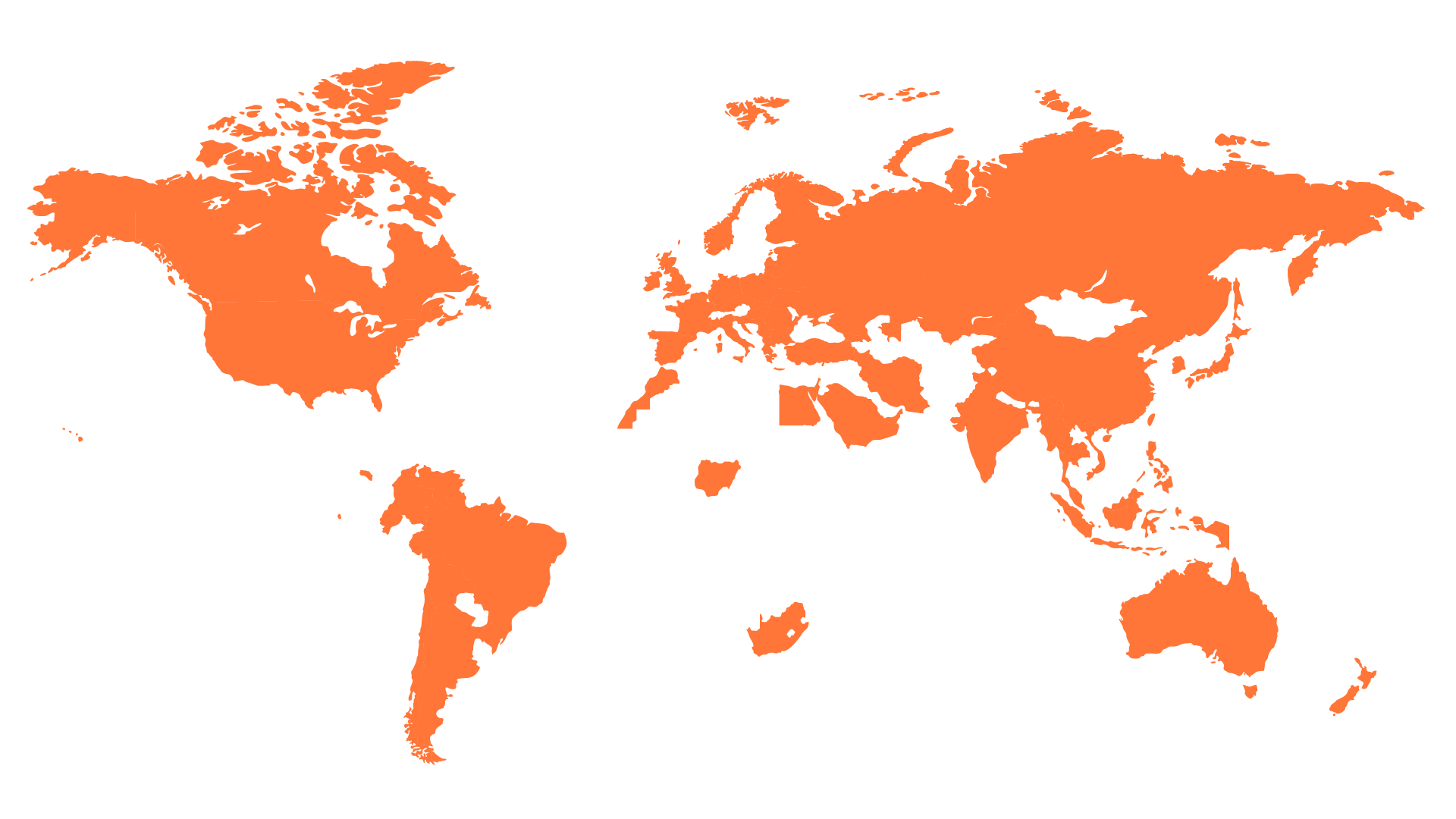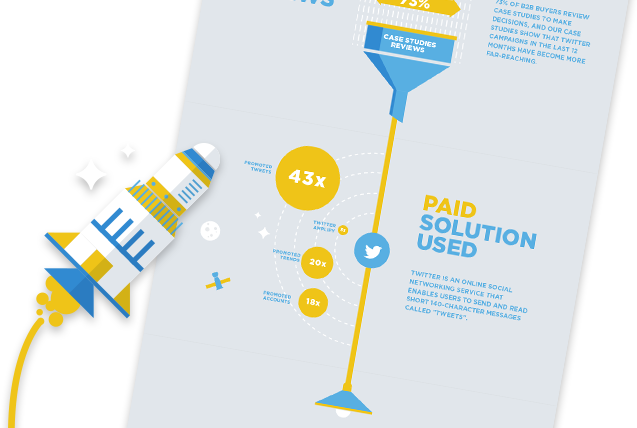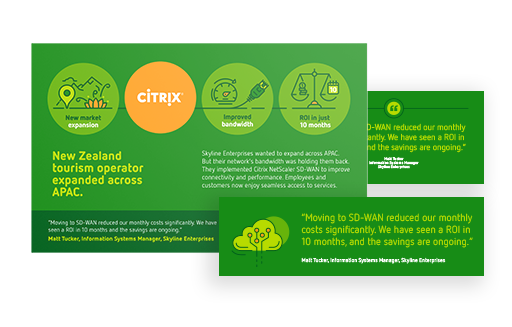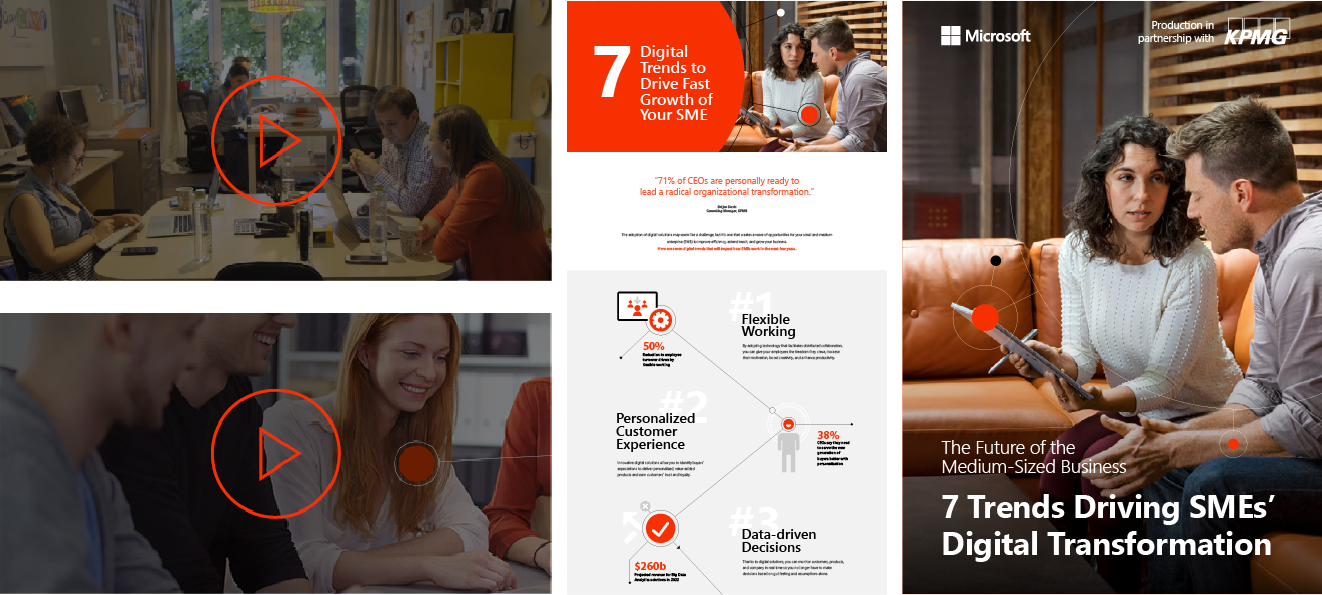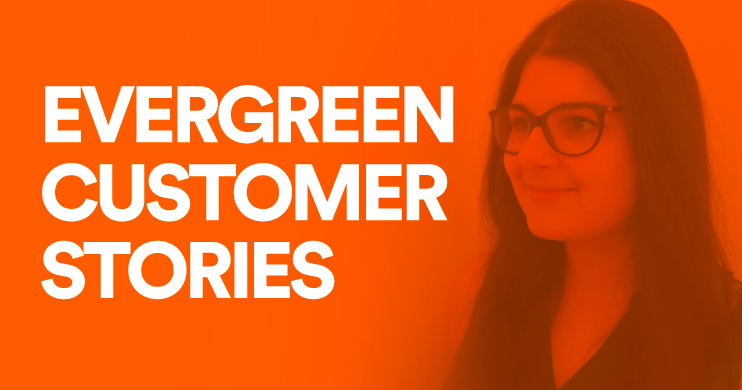
Customer Evidence is a must-have for any company wanting to build trust or strengthen its market position. This explains why most already have at least a few customer stories – or case studies – published on their website. But for many companies, that’s it. The content is produced, they’re happy about it, they promote it across different platforms, and they move on.
If you take the programmatic approach and start producing a series of them in a relatively short time, it can be that you’re so focused on producing the next ones, that you forget about the ones already published.
Yet, Customer Evidence makes for some of the best evergreen content you can have, and shouldn’t be used just once, or just in one way.
So, how can you make the most of all your existing customer evidence content?
Got any customer story videos? Use these great b-rolls
When you have a video that’s over 2 or 3 minutes long, no matter how interesting the subject and speakers are, if it isn’t dynamic and visually stimulating, people will quickly lose attention, or even drop off.
That’s where your existing customer video footage comes in. A great customer story video not only has people in front of a camera saying how great your products or services are, it also shows additional footage – b-rolls – of people actually using them. And that’s what you want to leverage for your other assets.
Microsoft recently published a webcast featuring customers and external experts called “Discussing the Future of the Medium-Sized Business.” It’s really interesting, but it’s also over 30 minutes long. Even though they switch across to different speakers during the video, there’s a limit to how long you can listen to someone talk without any visual stimuli. So, they added graphics, and most importantly, b-rolls that help you picture what they’re saying. Most of those b-rolls actually come from Customer story videos they’d previously created, where you see people using the technology and following the trends mentioned in the webcast.
That’s a great example of a) how to leverage existing content without having to plan and pay for additional shootings, and b) to benefit from the best type of footage you can get when you’re talking about a subject: videos of many different people, backup what you are saying in the most natural way. Would you get the same feeling if they’d only used stock footage or shot it themselves but with actors playing a role? I highly doubt it.
Create a compilation of your stories
If you have a good many customer stories created, find a common theme – such as the product or service, the industry, size of the company, region, etc. – and compile them into a content piece with that narrative.
Not only is it a great way to highlight some of your best stories for one area in an easy to consume way and without people needing to search for them separately, it also shows that the product or solution doesn’t only help one type of people or companies.
Think about it in this way. If you’re a prospect and you only read one customer success story, you may doubt it would apply to your specific situation and needs; but if you see a number of different examples, you’re more likely to relate to at least one of them.
And while one or two success stories could be just luck, when the number of examples goes up, it becomes a pattern proving the product or solution itself is efficient. So, even if you don’t find a matching example for your industry or specific situation in that set, you’ll still be more inclined to trust that it could be replicated and adapted for your business – on volume alone.
As for the format of these compilations, you have plenty of options to suit different budgets and timelines. It could be a compilation video using footage from existing customer story videos, a video with illustrations if you didn’t have the time or budget for new shoots, a PDF highlights deck, or even simply a blog post.
Refer to customer stories whenever you can
The primary goal of a customer story is to showcase a real-life example of people and companies that have achieved success with the help of your products or services, so this last point should be the most obvious, and yet it is still too crucial not to mention.
A customer story isn’t a simple content asset, it’s an experience to share. Don’t just name drop from your client list without any background information, thinking that’d be enough proof. Share stories of individuals within that company, and explain how their experiences can also help or inspire others.
If you’re writing a piece of content like an eBook or a blog post, add examples based on your customer stories to support your arguments, or to nicely introduce the subject. If you’re preparing a sales presentation, include some great customer quotes to boost credibility and conversion. If you are presenting at an event, include an anecdote from a customer that helps your audience relate and draws them in.
No matter what you’re working on, always take the time to check the customer evidence you have at hand and ask yourself if by using it you can add more weight to your piece of content or speech. Rest assured that the answer will almost always be Yes.
Not sure where to start? Ask us, we’re here to help!


